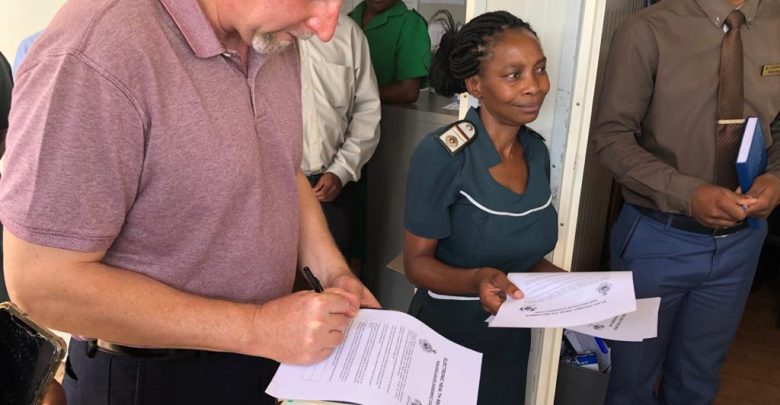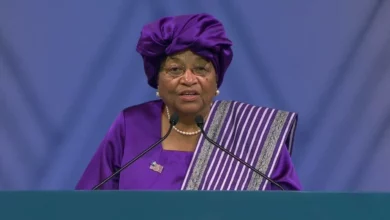Esigodini hospital adopts digital patient management system

Esigodini District Hospital in Umzingwane is one of the few rural health centres that has introduced the Electronic Health Records (E-HR) system to store patients` data.
E-HR improves patient care, reduces health care worker burden through the removal of paper registers and facilitates case-based surveillance.
The system is also important in the fight against HIV and AIDS, as it is complemented with Care Based Surveillance (CBS) and recent infection surveillance.
CBS involves the real-time (or close to real-time) reporting of all newly diagnosed HIV-infected persons and the information is electronically sent to a central repository where cases can be mapped and monitored over time to identify hot spots or outbreaks of HIV.
Esigodini receives PEPFAR (US President’s Emergency Plan for AIDS Relief) support for HIV services through the USAID implementing partner OPHID while CDC’s implementing partner (ICAP) supported the installation of the E-HR, CBS, and the recent infection surveillance.
To check the effectiveness of this system, US Embassy Deputy Chief of Mission Thomas Hastings travelled to Esigodini and toured the district hospital.
He was met by Acting District Medical Officer, Dr Cleophas Makonese, who explained how E-HR was useful in capturing patient’s data.
“Once names are entered, once can be assured we will have all information pertaining to them. We can see the procedures done before and tests so we just continue the management of a patient from where one was left. Patients can still carry their personal health cards for their benefit but for us, that information is stored in the E-HR,” he said.
Provincial ICT officer for Matabeleland South, Fortune Charuma, was also on-site explaining the various steps and processes involved in entering data.
“The system shows you pointers and prompts what has to be done. In terms of management, doctors or nurses will not be worried about incomplete data as with E-HR one cannot proceed until they complete all the data need. This will really change way how patients are managed and treated,” he said.
After touring the facility, Hastings said E-HR was especially important in Esigodini because it has a very mobile population, where people come in and go, particularly those involved in mining activities.
“Without the E-HR you lose information and track on somebody who was tested and hospitals are unable to give them follow up. So E-HR is a key intervention put in place here to make sure we achieve the last bit of epidemic control after years of progress made in Zimbabwe against HIV,” he said.
So far 83 sites in five districts namely Harare, Mutare, Umzingwane, Chitungizwiza and Epworth (part of Mashonaland East) have deployed E-HR.
“Generally speaking, this intervention is part of overall efforts made by the US. In 2019, US government contributed US$163 million for HIV efforts in Zimbabwe and since PEPFAR began, support has been over a billion dollars,” Hastings said.
The Deputy Chief of Mission noted that Zimbabwe was facing ‘many’ challenges but HIV and AIDS were receiving the focus of their attention.
“We also assist in TB, maternal child care and malaria. We have made great progress in all these areas. I think evidence clear just as we are achieving epidemic control of HIV, we are making progress in other areas as well,” he said.
“We disburse funds through our implementing partners, not directly through government specifically so there are many international groups and NGOs who pay the funds to those who implement the projects. We have a lot of confidence that the funds are being used correctly.”
Hastings said the digitisation was necessary as information of patients was preserved on the system, even if one moved to a different place.
“E-HR enables the institution to record information and manage patients well. Centres will know one’s treatment needs and where they are, making a difference in controlling the disease. This also allows us to react much more quickly if there’s a new outbreak as we are able to see that there was a new infection in an area and deal with that quickly,” said the diplomat.
Innocent Chingombe, Project Director – Strategic Information at ICAP added that the goal of E-HR was to be national.
“Currently we have this in five districts but we hope to go nationwide. Our target is to roll the first phase of 400 sites countrywide by end of September 2020 and national by September 2021,” he said.
Since Esigodini District Hospital is the central site for the entire Umzingwane district on E-HR, it uses solar to back up all the information that comes through.
The solar system was funded by the US Embassy in Zimbabwe with help from its partners.






